By 7081414180
•
January 2, 2025
Discovering a bat in your home can be an unsettling experience. These fascinating creatures play a vital role in our ecosystem, but their place is outside, not in our living spaces. If you’ve found a bat in your house, you might be wondering what steps to take and what laws apply. Here’s everything you need to know, including seasonal restrictions, safety precautions, and how to address nuisance bats in Columbus and the surrounding areas. Seasonal Restrictions for Bat Evictions Bats are federally protected, and it is illegal to kill a bat for any reason unless a bite or potential exposure to rabies has occurred. In Ohio, there are also seasonal restrictions to consider when addressing bats in your home. From May 16 to July 31, bats are in their maternity season. During this time, mothers are raising their pups, which cannot fly until they mature (around August). Evicting bats during this period can leave flightless pups stranded and unable to survive, which is not only inhumane but also against the law. It can also create frantic bat mothers, who will work doubly hard to find a way back into living spaces. The fall/winter restricted period is put in place to protect hibernating bats. From Oct 15th through March 31st (or when overnight temperatures are over 55 degrees for 10 consecutive days) no bat eviction is permitted in Ohio. Bats that exit structures when temperatures drop below freezing may die if they cannot return to the same hibernaculum or shelter. You can find additional information on the rules and regulations for bat removal in Central Ohio here: https://ohiodnr.gov/discover-and-learn/land-water/issues-for-landowners/nuisance-bats Outside of the maternity and winter seasons, (from August to October) humane exclusion methods can be implemented to evict bats and seal up entry points. These methods ensure that bats can safely leave your home but cannot return, at which point they will move on to new nesting locations. What Can Be Done in the Meantime? If you have bats in your attic or another part of your home during the winter, we can still provide the peace of mind that comes with bat removal . An inspection by one of our professional techs can keep bats out of your living spaces until exclusion is legally allowed! We would begin with a full interior and exterior inspection to determine the number of bats present, and the points of entry on your home. Once we determine the areas that need to be addressed some things we may suggest would be: 1. Installing Door Sweeps 2. Cover Vents and Chimneys with Custom chimney caps or appropriate materials 3. Sealing entry points on the exterior of the home: This can be done if an entry point is left open, and no bats are evicted during the process. Avoid Handling Bats : If you encounter a bat inside your home, do not attempt to touch or capture it with your bare hands. Always contact a professional! What to Do with a Nuisance Bat? If a bat is found in your living space, it’s important to handle the situation carefully. In Ohio, bats are considered high-risk carriers for rabies. Here’s what you need to do: 1. Safely Contain the Bat: Close off the room that the bat is in. Take care to close any closets or cupboards if possible, and place towels or blankets along the bottom of doors to prevent the bat from exiting the room. 2. Contact Local Authorities: Call TLC Wildlife Management to come and safely collect the bat. In Ohio, nuisance bats that are captured or trapped must be submitted for rabies testing if there was any potential human or pet exposure. If there was no exposure, the bat can be released (during appropriate seasons). If the bat appears to be sick or injured, we will transport it to the Ohio Wildlife Center for appropriate care and overwintering if needed. Because of our 100% non-lethal approach to wildlife management, we are the only company in Central Ohio with a relationship with the Ohio Wildlife Center that allows us to care for bats that need medical attention or overwintering! 3. Rabies Testing: The Ohio Department of Health will test the bat for rabies if needed. This is crucial, as bats are one of the most common carriers of the virus. If there has been a possible exposure to rabies, you will be notified of the outcome of testing and advised if rabies treatments are needed. 4. Seek Medical Advice: If there was any chance of a bite or scratch, seek medical advice immediately. Post-exposure prophylaxis (PEP) can prevent rabies, but time is of the essence. While not all bats carry rabies, it’s estimated that less than 1% of bats are infected. However, the consequences of exposure are severe, as rabies is almost always fatal once symptoms appear. Bats may carry rabies without showing obvious signs, so any contact should be taken seriously. Even if you don’t recall being bitten, small bites or scratches may occur without being noticeable. This is why public health guidelines treat every bat found in a living space with potential exposure as a serious concern. Preventing Future Bat Intrusions To keep bats out of your home permanently, we would employ the following steps: 1. Inspect Your Home: Check for gaps, holes, or cracks that could allow bats entry. Common spots include soffits, rooflines, vents, and chimneys. TLC will perform a thorough interior and exterior inspection (including the roof and attic spaces) to locate evidence of bat infestation, as well as find points of entry that may be in areas of your home that you cannot access. We are experts in bat behavior and biology and use that knowledge to find all possible points of entry! 2. Seal Entry Points: Outside of maternity season, we can seal any openings larger than a dime using durable materials like metal flashing, heavy gauge metal screening or other permanent materials. All of our exclusion work is Guaranteed. 3. Install One-Way Exclusion Devices: We apply these to the outside of the home at the already established points of entry. These doors allow bats to leave but prevent them from returning. The door is left on for a set amount of time to allow all of the bats to exit the structure. Once we have fully evicted all of the bats, we would permanently seal the final entry point. 4. Maintain Your Property: Regular maintenance can prevent future issues. We can schedule regular preventative inspections annually to ensure your home stays free from ALL wildlife intruders! In Summary If you discover a bat in your home in Columbus, OH or surrounding areas, stay calm and follow these important guidelines. Bats play a crucial role in our ecosystem but must be handled in a safe and legal manner. Taking the appropriate steps protects both you and these valuable creatures. Be aware that any wildlife service offering to trap or remove bats (unless in a living space) during restricted seasons is acting illegally and should be reported to the Ohio Department of Natural Resources (ODNR). The use of glue traps, nets, or other trapping methods for bats is also prohibited by law. Additionally, bats cannot be relocated or released outdoors during restricted seasons. To ensure compliance with regulations and proper handling, always hire a licensed professional who is knowledgeable and adheres to bat laws and safe removal practices. For professional help or more information about dealing with bats, contact us at TLC Wildlife Management. We’re here to help you and the wildlife around you coexist in harmony!
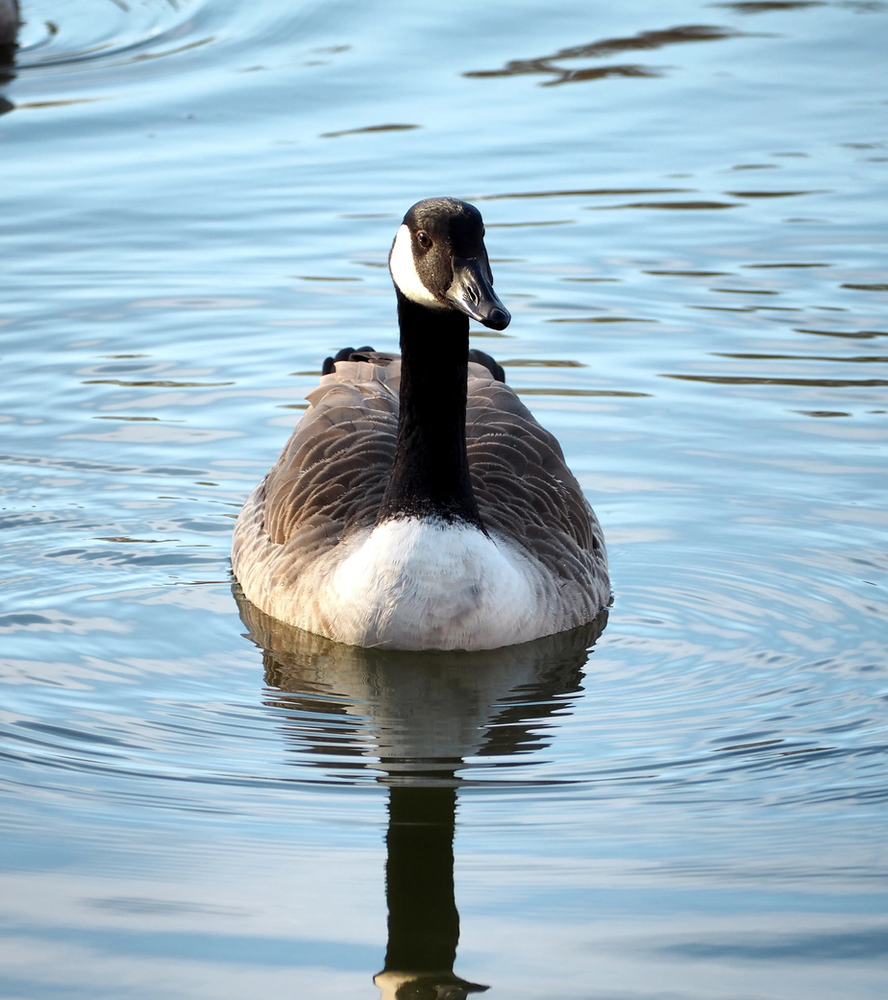
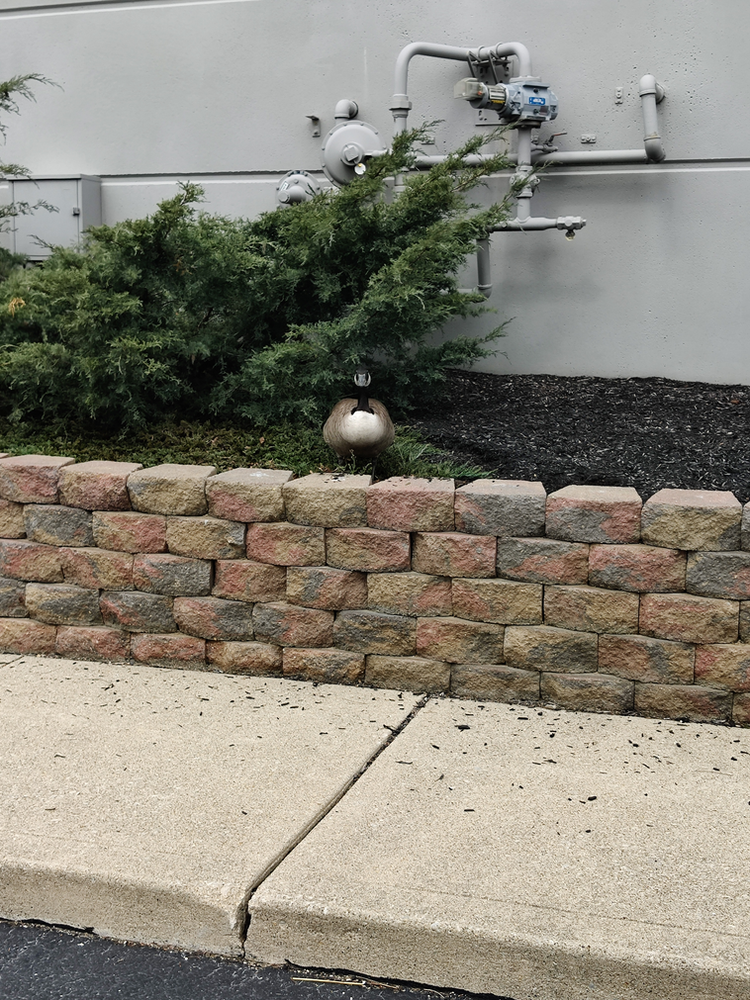

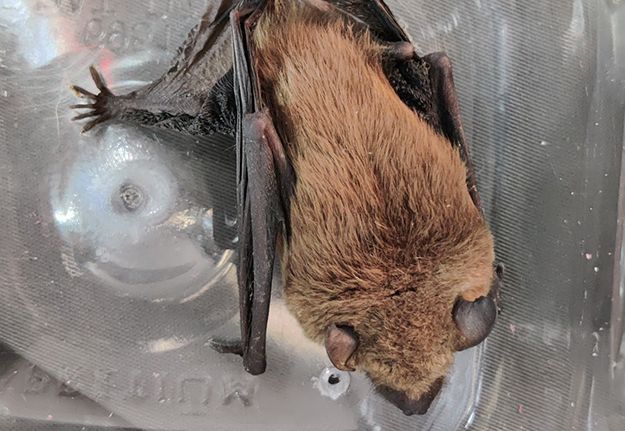
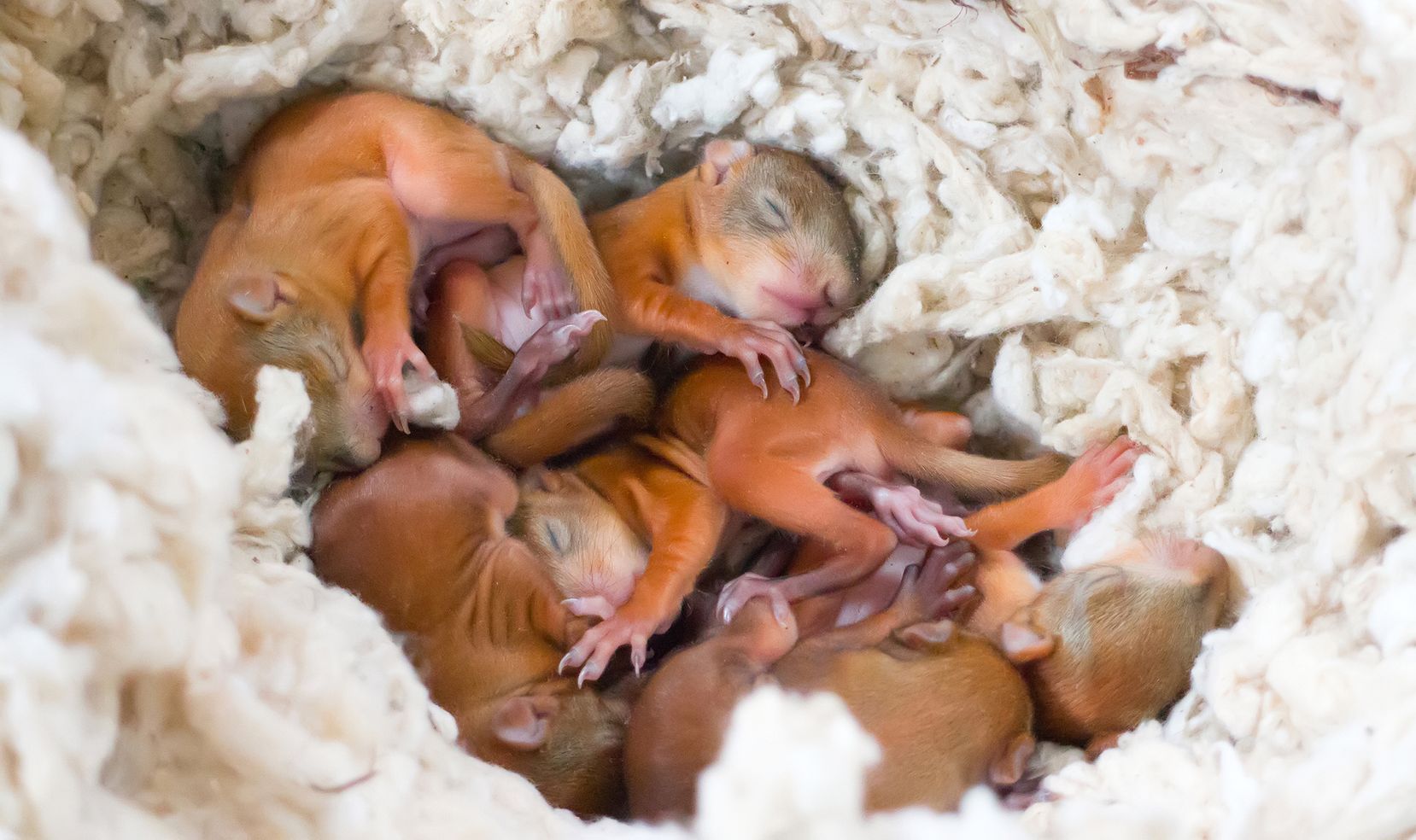





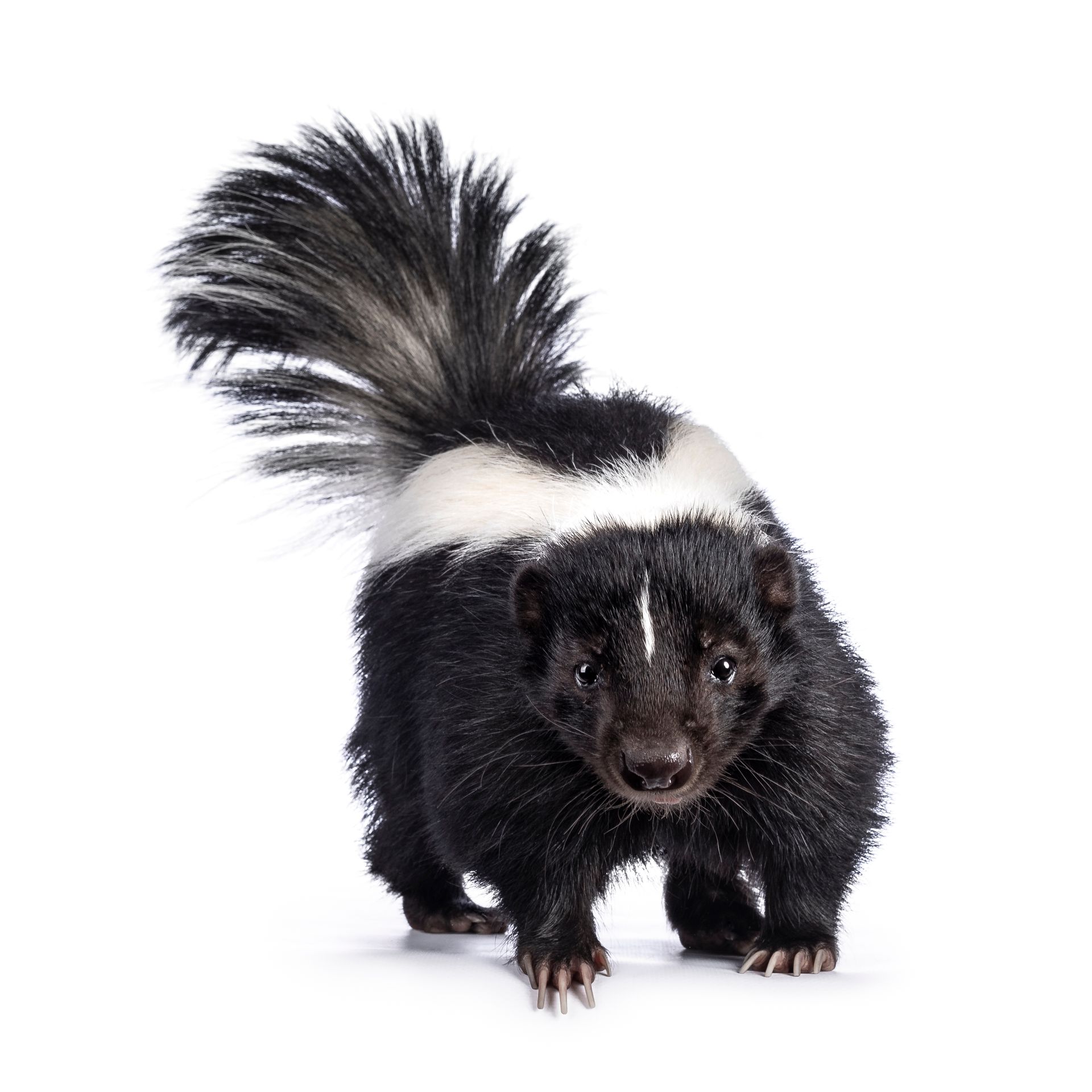
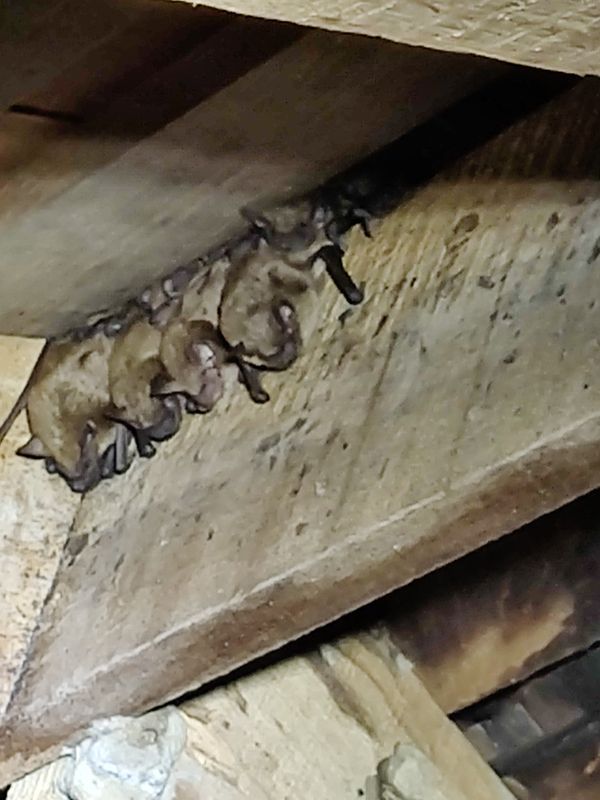

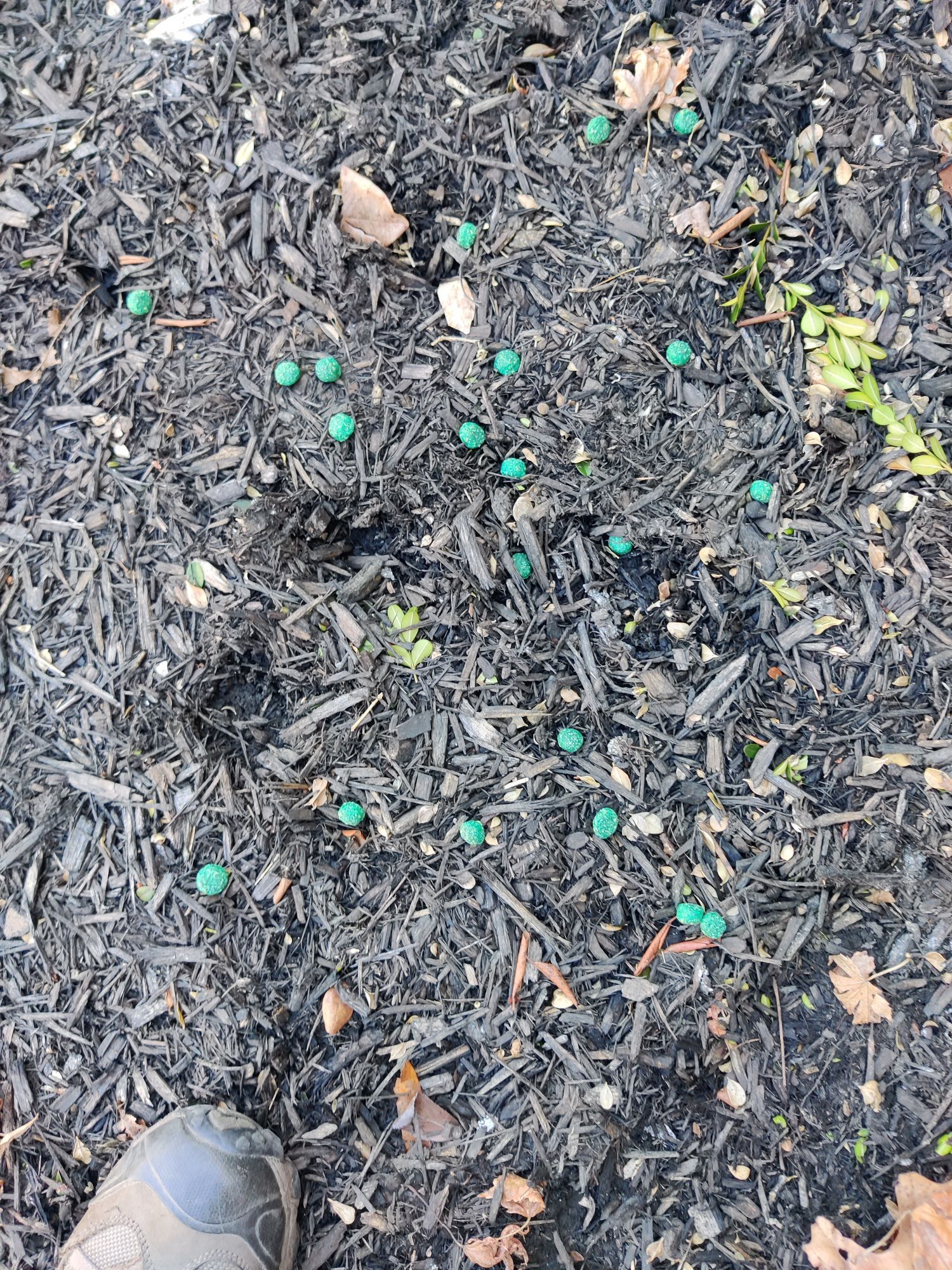

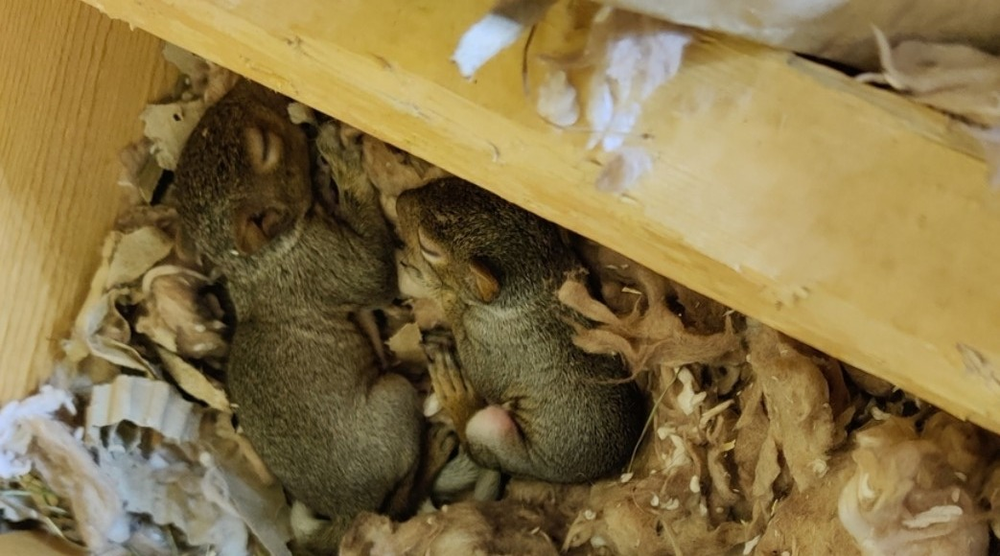
Share On: